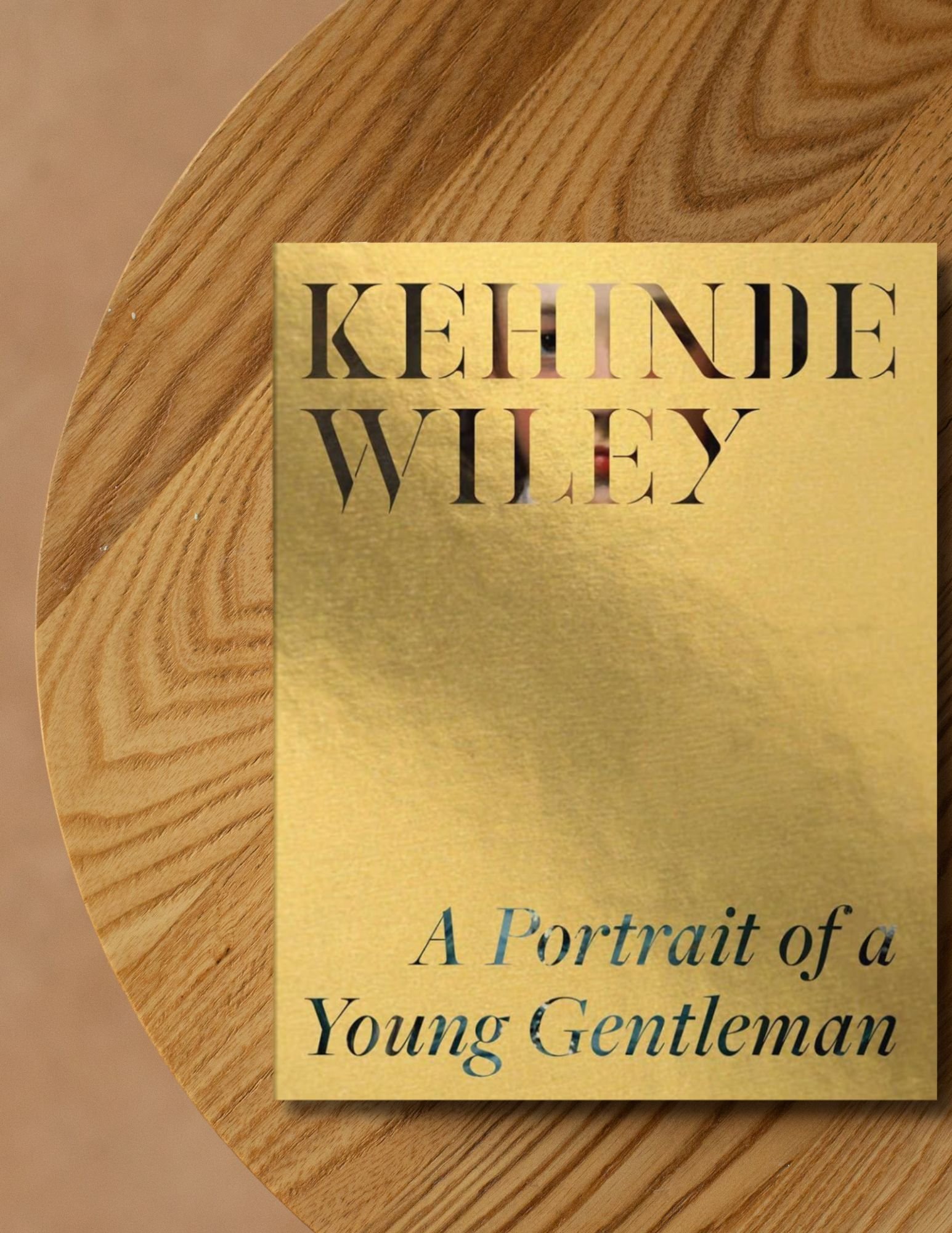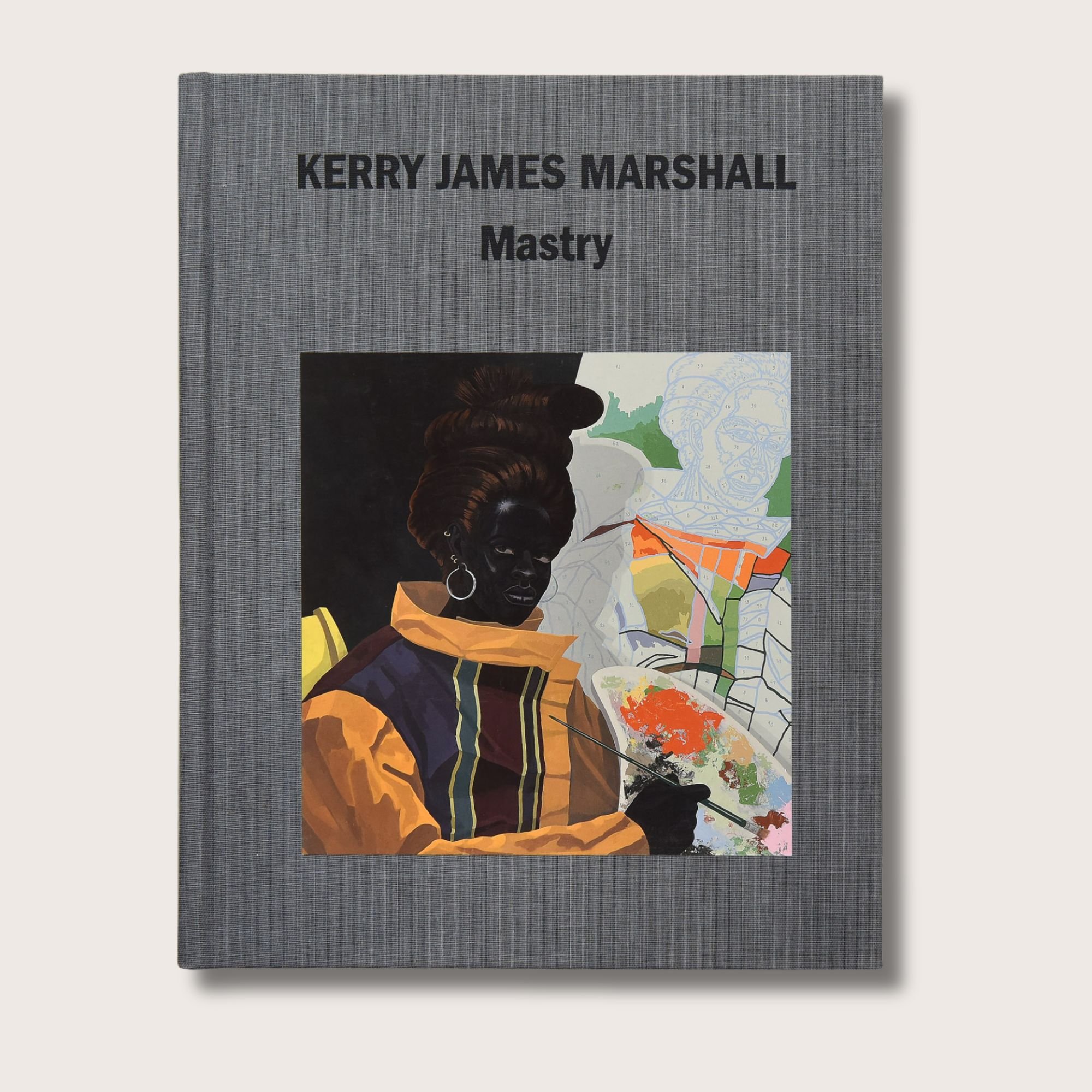 Image 1 of 4
Image 1 of 4

 Image 2 of 4
Image 2 of 4

 Image 3 of 4
Image 3 of 4

 Image 4 of 4
Image 4 of 4





Kehinde Wiley: A Portrait of a Young Gentleman
Details
This volume presents A Portrait of a Young Gentleman, a new portrait by Kehinde Wiley, commissioned to mark the centennial of the acquisition of Blue Boy by Henry and Arabella Huntington. Richly illustrated with portraits by Wiley and by 18th-century masters such as Gainsborough, Joshua Reynolds and Thomas Hudson, this book offers insight into the evolving history of portraiture and the representation of power. An essay by Malik Gaines, Associate Professor of Performance Studies at New York University’s Tisch School of the Arts, investigates Wiley’s postmodern strategy of inserting Black subjects into canonical European settings. An essay by fashion historian Kimberly Chrisman-Campbell situates Wiley’s work within the traditions and trappings of 18th-century grand manner portraiture.
Editors' Note
Kehinde Wiley is an American artist best known for his portraits that render people of color in the traditional settings of Old Master paintings. Wiley’s work brings art history face-to-face with contemporary culture, using the visual rhetoric of the heroic, the powerful, the majestic and the sublime to celebrate Black and brown people the artist has met throughout the world. Working in the mediums of painting, sculpture, and video, Wiley’s portraits challenge and reorient art-historical narratives, awakening complex issues that many would prefer remain muted. In 2018 Wiley became the first African American artist to paint an official U.S. Presidential portrait for the Smithsonian National Portrait Gallery, painting President Barack Obama.
Details
This volume presents A Portrait of a Young Gentleman, a new portrait by Kehinde Wiley, commissioned to mark the centennial of the acquisition of Blue Boy by Henry and Arabella Huntington. Richly illustrated with portraits by Wiley and by 18th-century masters such as Gainsborough, Joshua Reynolds and Thomas Hudson, this book offers insight into the evolving history of portraiture and the representation of power. An essay by Malik Gaines, Associate Professor of Performance Studies at New York University’s Tisch School of the Arts, investigates Wiley’s postmodern strategy of inserting Black subjects into canonical European settings. An essay by fashion historian Kimberly Chrisman-Campbell situates Wiley’s work within the traditions and trappings of 18th-century grand manner portraiture.
Editors' Note
Kehinde Wiley is an American artist best known for his portraits that render people of color in the traditional settings of Old Master paintings. Wiley’s work brings art history face-to-face with contemporary culture, using the visual rhetoric of the heroic, the powerful, the majestic and the sublime to celebrate Black and brown people the artist has met throughout the world. Working in the mediums of painting, sculpture, and video, Wiley’s portraits challenge and reorient art-historical narratives, awakening complex issues that many would prefer remain muted. In 2018 Wiley became the first African American artist to paint an official U.S. Presidential portrait for the Smithsonian National Portrait Gallery, painting President Barack Obama.
Additional Details
69 Pages
Published by Huntington Library, Art Museum, and Botanical Gardens
Ships to the US in 7-10 business days














